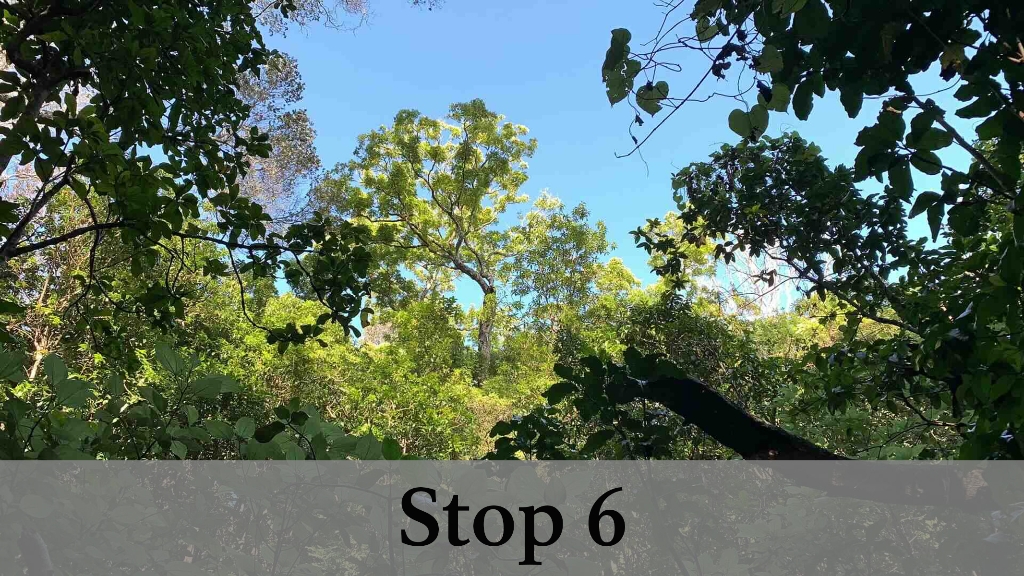
Skylights provide a glimpse into the hidden foundation of Kīpukapuaulu.
Under this lush forest lies a foundation—a body of pāhoehoe lava overlain with centuries of volcanic ash. Formed within the body of pāhoehoe lava flows are lava tubes—volcanic caves that were once filled with molten lava. This lava tube is at least 8,600 years old. While active, it once transported lava over great distances, from its eruptive source to its most distal reaches. Skylights are holes in a lava tubes roof where the ceiling has collapsed, leaving an opening like the one we see here. This lava tube was formed during one of Mauna Loa’s many eruptions. Unlike the Nāhuku lava tube, which can be found along the Crater Rim Drive, entry into this lava tube is discouraged, as it is a safe haven for unique plant and animal species and very delicate geological features. It was in this lava tube, in 1971, that the first cave-adapted animal species in Hawai‘i, was discovered. One such species unique to these dark and often damp lava tubes includes the smalleyed, big-eyed hunting spider (Lycosa howarthi). This endemic spider, along with other insects like the millipedes (Nannolene) and the lava tree crickets (Thaumathgryllus cavicola), continue to call this fragile lava tube home.Is there something we missed for this itinerary?
Itineraries across USA

Acadia

Arches National Park

Badlands

Big Bend

Biscayne

Black Canyon Of The Gunnison

Bryce Canyon

Canyonlands

Capitol Reef

Carlsbad Caverns

Channel Islands

Congaree

Crater Lake

Cuyahoga Valley

Death Valley

Dry Tortugas

Everglades

Gateway Arch

Glacier

Grand Canyon

Grand Teton

Great Basin

Great Smoky Mountains

Guadalupe Mountains

Haleakalā

Hawaiʻi Volcanoes

Hot Springs

Indiana Dunes

Isle Royale

Joshua Tree

Kenai Fjords

Kobuk Valley

Lassen Volcanic

Mammoth Cave

Mesa Verde

Mount Rainier

North Cascades

Olympic

Petrified Forest

Pinnacles

Rocky Mountain

Saguaro

Shenandoah

Theodore Roosevelt

Virgin Islands

Voyageurs

White Sands

Wind Cave

Yellowstone

Yosemite

Zion